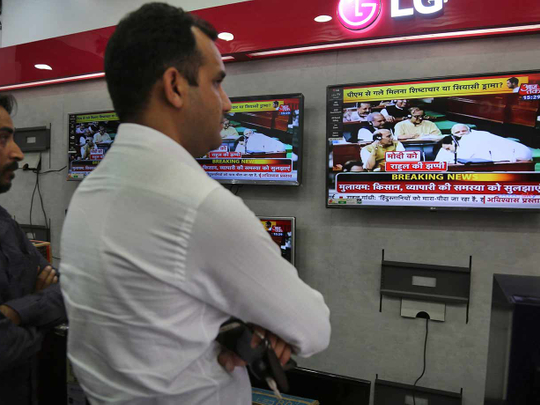
The latest India budget focused on macro level growth across all sectors. Also, there were incentives such as offering a 2 per cent waiver to the MSME (micro, small, medium enterprises) sector and tax rebates for purchasing electric vehicles.
However, this budget has not done enough to encourage the CE (consumer electronics) and HA (home appliances) industry, in particular.
The customs duty on CBU (completely built-up) compressor products and higher than 32-inch sizes LED TV panels is one of highest in the world at around 28 per cent, which makes imports unviable. It might give strength to the “Make in India” campaign, but FTA (free trade agreement) based imports with 0 per cent customs duty advantage end up creating parity in the prices of similar products. This ends up discouraging local manufacturing.
As is typical of the Indian mindset, people still prefer a “Made in Malaysia” or those shipped in from Indonesia or Thailand, these being FTA beneficiaries, over “Made in India”. The government must address this issue.
Last July, the Indian government included air-conditioners and bigger TVs in non-essential goods and made an interim duty hike, citing the burgeoning current account deficit.
The government has doubled the customs duty on CBU-format air-conditioners, refrigerators, and washing machines weighing less than 10 kilograms from 10 per cent to 20 per cent. This at a time when air-conditioners and even smart TVs are becoming an inseparable part of any Indian middle-class family today.
It is most important for the Indian government — or for that matter any government — to support local companies to invest and expand the manufacturing capacities to support the growing demand for flat-screen panels and home appliances. India’s consumer electronics’ demand supersedes the manufacturing capacities of all domestic manufacturers put together — hence, imports are inevitable to fulfil the demand.
According to industry data, consumer electronics and home appliance consumption within Indian is expected to grow to $400 billion by 2020. But local production will only account for $104 billion given current conditions. Hence, it’s evident that import taxes alone cannot boost local manufacturing and it is high time the government lays down a road map towards minimising the gap between actual demand and local production capacities.
Unlike South Korea or China, India has few home-grown electronics companies with indigenous manufacturing facilities. There is definitely no one to compare to multinationals like LG or Samsung.
It is equally sad to mention the downfall of once great Indian value brands like Videocon and others, which are struggling way behind the foreign brands that rule the India consumer electronics space.
Hence, there is a huge task ahead for the present government to make domestic manufacturing leap to support GDP.
Shashidhar Nagarajappa is Deputy General Manager at Daewoo Electronics Middle East.












